Introduction: The Purpose of Dental Cleaning
Dental cleaning, commonly referred to as tooth polishing or prophylaxis, is not merely an aesthetic pursuit; its primary goal is to prevent oral diseases. In developed nations, routine dental cleanings have become an integral part of oral health care. Many individuals schedule appointments with their dentists once or twice a year for this essential service. Following a cleaning, if periodontal diseases are identified, dentists can promptly provide professional treatment to maintain optimal oral health.
What is Dental Cleaning?
Dental cleaning encompasses the mechanical removal of calculus and plaque that adheres to the surfaces of teeth. This process aims to eliminate local irritants that can damage the teeth and periodontal tissues. In medical terminology, dental cleaning is known as “prophylaxis.” The term “pro” implies the prevention of disease, while “phylaxis” signifies treatment of the gums, reaffirming that this procedure is foundational in managing periodontal disease.
The Benefits of Dental Cleaning
Through regular dental cleaning, individuals can alleviate symptoms of gingivitis and periodontitis. However, it is critical to note that solely relying on dental cleaning is insufficient for curing periodontal disease. Effective treatment requires thorough diagnostic evaluation and specialized oral care following the cleaning process. Therefore, dental cleaning should be seen as part of a comprehensive approach to dental health rather than a standalone solution.
Methods of Dental Cleaning
When it comes to dental cleaning techniques, experts from oral health centers highlight several prominent methods. The most common practices include ultrasonic scaling, air polishing, and tooth polishing.
Ultrasonic Scaling
Ultrasonic scaling employs a specialized device that generates ultrasonic vibrations to loosen and remove tartar effectively. This method primarily targets calculus, making it a vital step in maintaining oral hygiene. However, some stains, particularly those lodged in the fissures of teeth or between teeth, may require alternative cleaning methods.
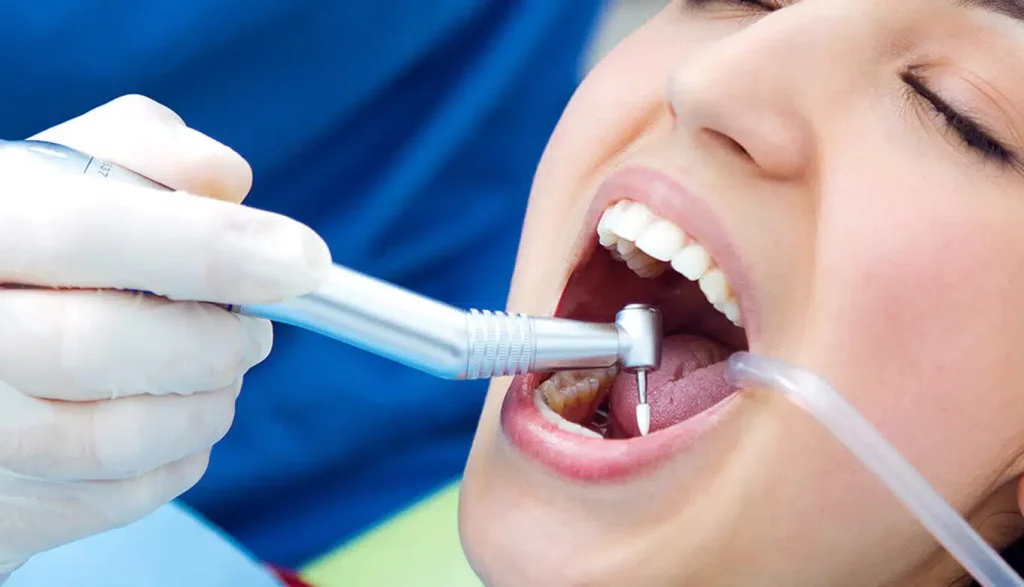
Air Polishing
For stains that are particularly resistant to ultrasonic scaling, air polishing may be utilized. This technique involves spraying a fine jet of solid salt particles onto the tooth surfaces using high-pressure air. It effectively eliminates surface stains and cleans crevices, ensuring a more thorough cleaning experience.
Regularity of Dental Cleaning
According to oral health experts, individuals with good oral hygiene should consider scheduling dental cleanings every six months. However, those suffering from periodontal disease or individuals with habits such as smoking or excessive tea consumption may need to increase the frequency of their cleanings to as often as every three months.
Conclusion: Embracing Dental Care
In conclusion, dental cleaning serves as a crucial practice in the maintenance of oral health, transcending mere aesthetic considerations. Regular cleanings help prevent diseases and promote overall well-being. By understanding the methods and benefits of dental cleaning, individuals can take proactive steps toward achieving and maintaining a healthy smile.

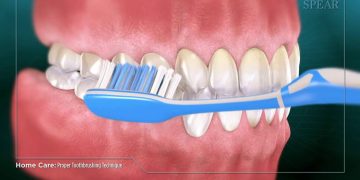
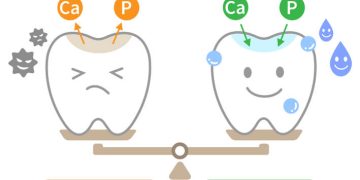
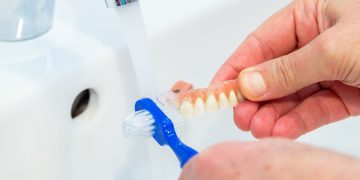

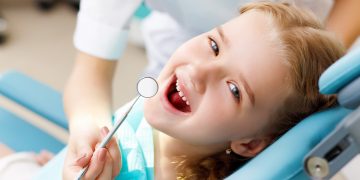


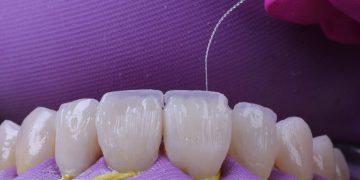
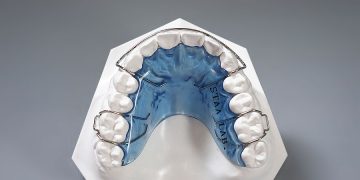
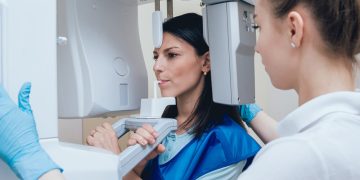
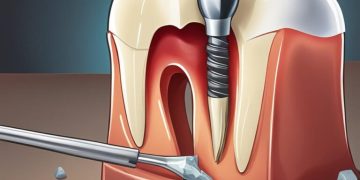
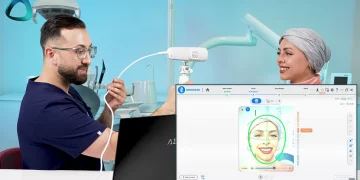
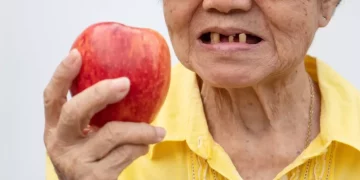

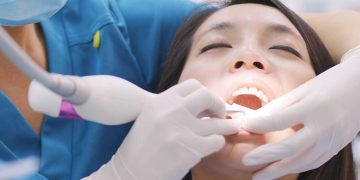

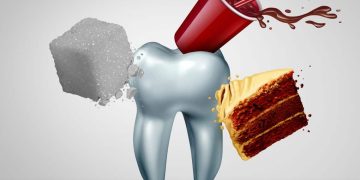







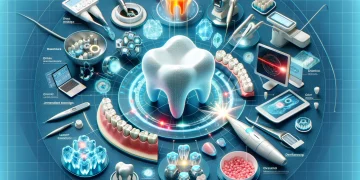



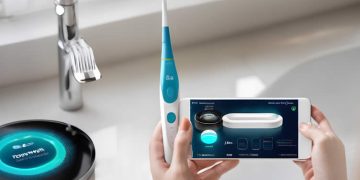

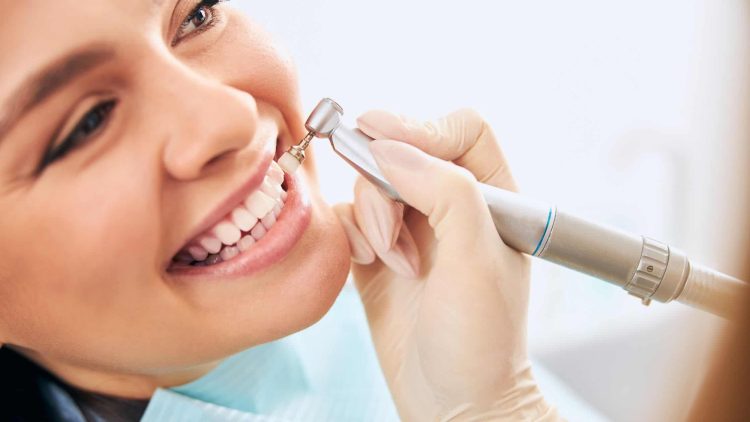













Discussion about this post